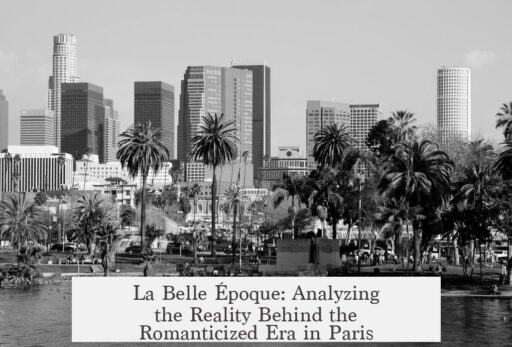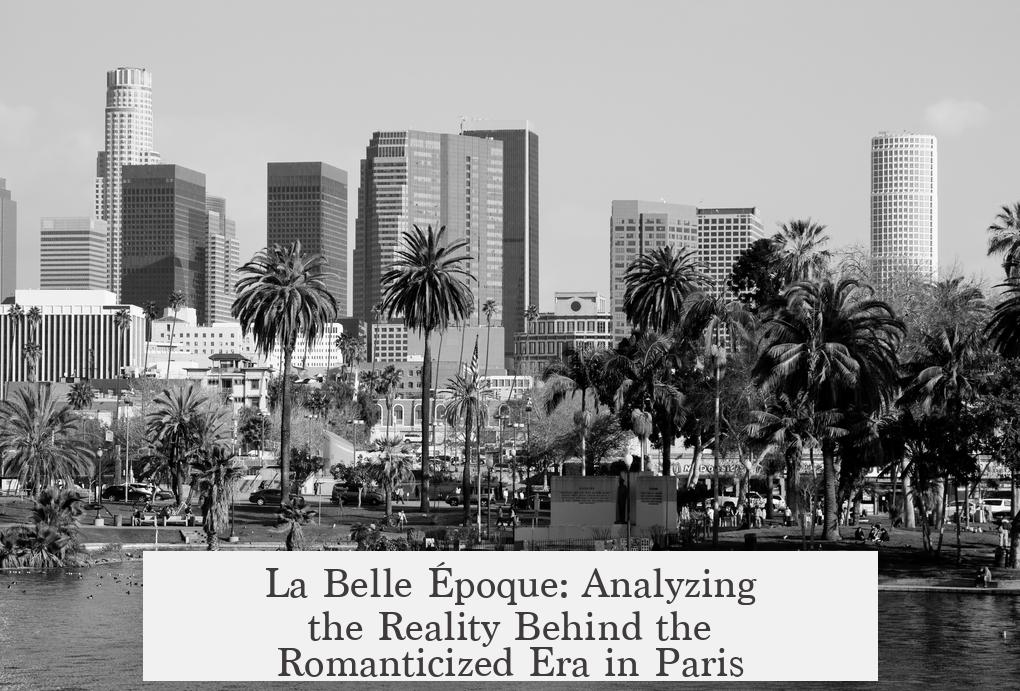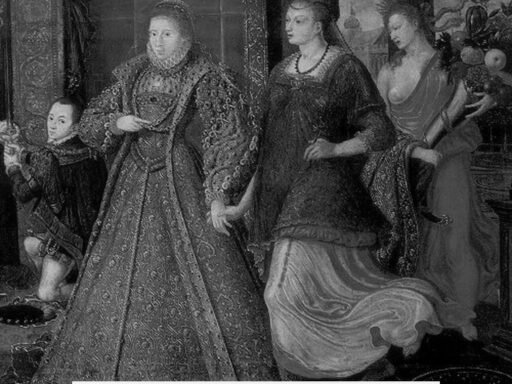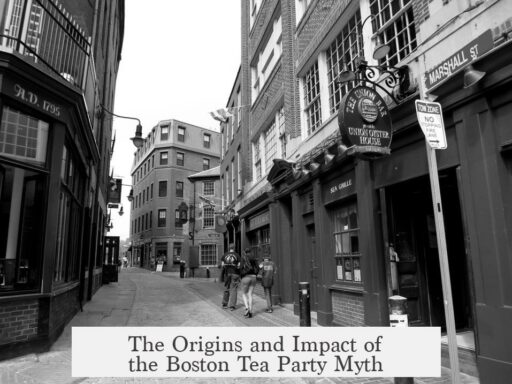La Belle Époque in Paris was an amazing period to live in largely for the wealthy elite, but this perception mainly results from nostalgic hindsight rather than the universal reality experienced by society at the time. The term itself emerged retrospectively during the troubled Interwar Period as a way to romanticize what seemed like a more stable, culturally rich era before World War I. Yet, the period’s allure was unequally distributed along social lines and marked by underlying tensions and anxieties that complicate its reputation.
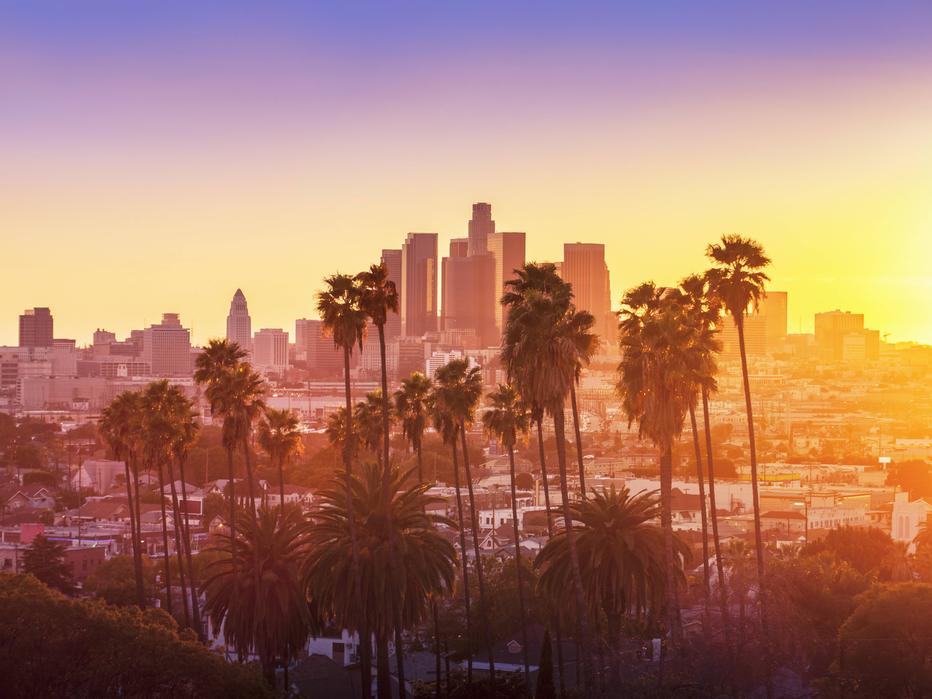
At its core, La Belle Époque (roughly dating from the late 19th century to the outbreak of WWI in 1914) was a moment of relative political and economic stability compared with the chaos of the Interwar years. However, this stability was not absolute; Europe, including France, still faced significant social challenges. Moreover, almost any time appeared more stable when contrasted with the volatility following the war.
The experience of this period varied dramatically by social class. For the upper class, Paris was a cosmopolitan hub of cultural and social excess. Wealthy families mingled at elaborate balls, attended lavish theatre productions, and enjoyed the flourishing art scene. This elite milieu cultivated a unique atmosphere of social decadence and artistic output renowned in history.
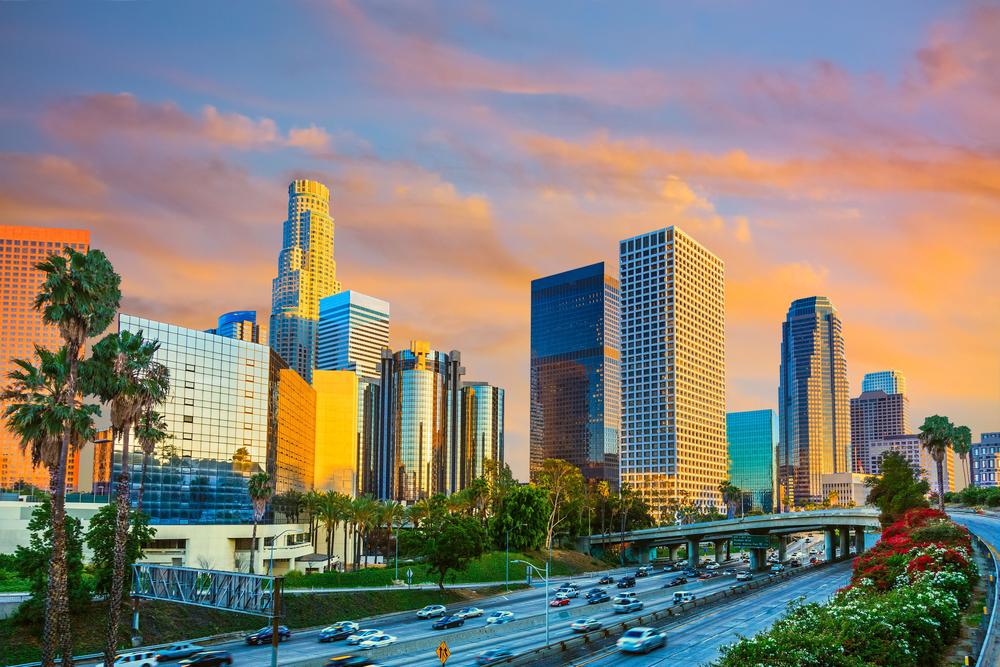
Conversely, the working and lower classes lived vastly different lives. Most Parisians were factory laborers, farmers, or tradespeople engaged in hard, demanding work. They lacked access to the cultural riches that defined Belle Époque glamor. Economic hardship and daily struggles were common, and social benefits enjoyed by the elite did not reach this majority.
Political and social unrest were prominent features of the time. Growing class consciousness fueled significant labor strikes and social agitation. Far from being a carefree age, the era grappled with rising tensions between workers and industrial capitalists, reflecting broader political upheavals across France.
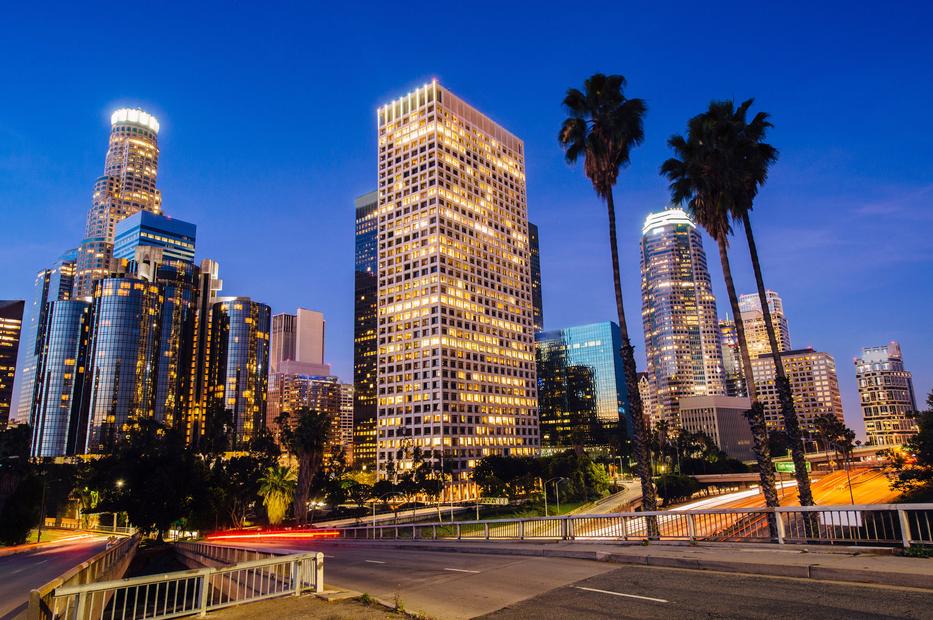
Beyond class divisions, the average Parisian likely did not perceive themselves living through a golden age. Social change was pervasive and often unsettling. Rapid industrialization, urban expansion, and imperialistic ambitions created an atmosphere of anxiety rather than universal contentment. National events, such as the Dreyfus Affair, heightened political polarization and inflamed public opinion, spreading fears about French decline and foreign threats.
The ideological landscape was fractured. Some gravitated toward nationalist right-wing movements, while others embraced socialism or anarchism. This fractured social and political scene showed how La Belle Époque was as much a period of discord as artistic brilliance.
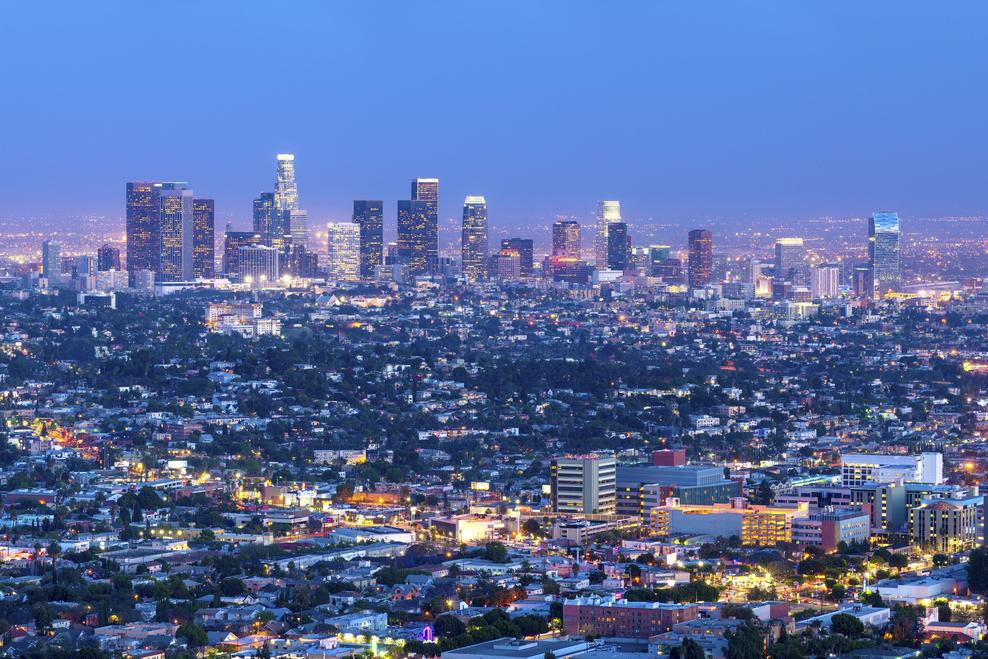
Importantly, La Belle Époque was one component of the broader fin de siècle era, a complex web of cultural innovation, social change, and political tension. The tendency to view it solely as a “beautiful era” ignores its multifaceted realities.
The idealized image of the period has been shaped largely by post-WWI nostalgia and popular culture. Much like today’s romanticizing of the 1960s, people tend to overlook the era’s difficulties. For example, films like Midnight in Paris present a highly sanitized, enchanting vision of the time, disconnected from the everyday concerns and struggles typical of most residents.
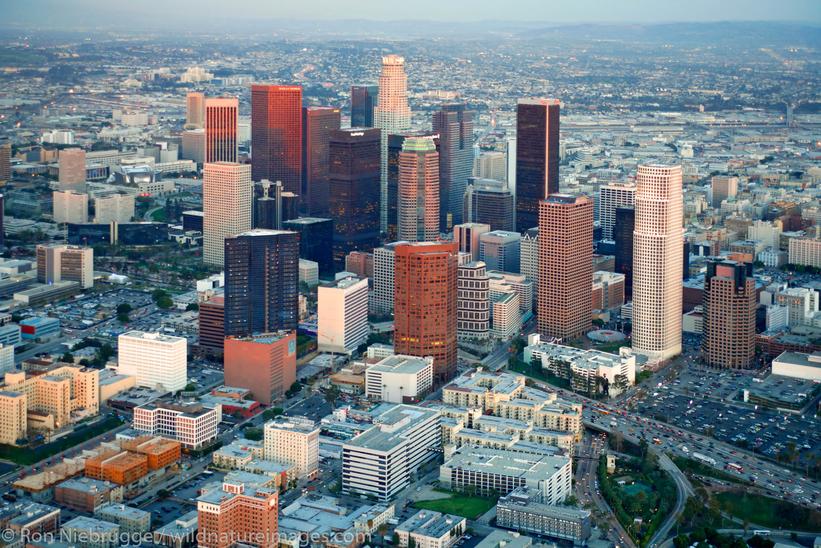
| Aspect | Reality |
|---|---|
| Upper Class Life | Cultural richness and social luxury dominated. Daily life involved art, theatre, and lavish events. |
| Working Class Life | Long hours, economic hardship, limited cultural access, persistent struggles to survive. |
| Political Climate | Marked by social unrest, labor strikes, ideological conflicts, and anxieties from national events. |
| Public Sentiment | Mixed feelings; few aware of cultural renaissance, mostly focused on industrial and social upheaval. |
| Retrospective View | Romanticized post-WWI and popularized in culture, often oversimplified as a golden age. |
In essence, whether Paris during La Belle Époque was an amazing period depends on which perspective is considered. It was remarkable for the privileged minority immersed in its cultural privileges. For most others, it was a period defined more by struggle, anxiety, and social discord than by carefree prosperity.
- The term “Belle Époque” emerged after WWI as a nostalgic label.
- Political and economic stability was relative, not absolute.
- The elite enjoyed exceptional cultural and social life.
- Workers and common people faced hardship and unrest.
- The period involved social, political, and ideological tension.
- Many ordinary Parisians were unaware of cultural developments around them.
- Popular culture simplifies and idealizes the era.
- The reality of La Belle Époque is complex and uneven across society.
Was La Belle Époque in Paris Really an Amazing Period to Live In, or Does It Just Seem That Way in Retrospect?
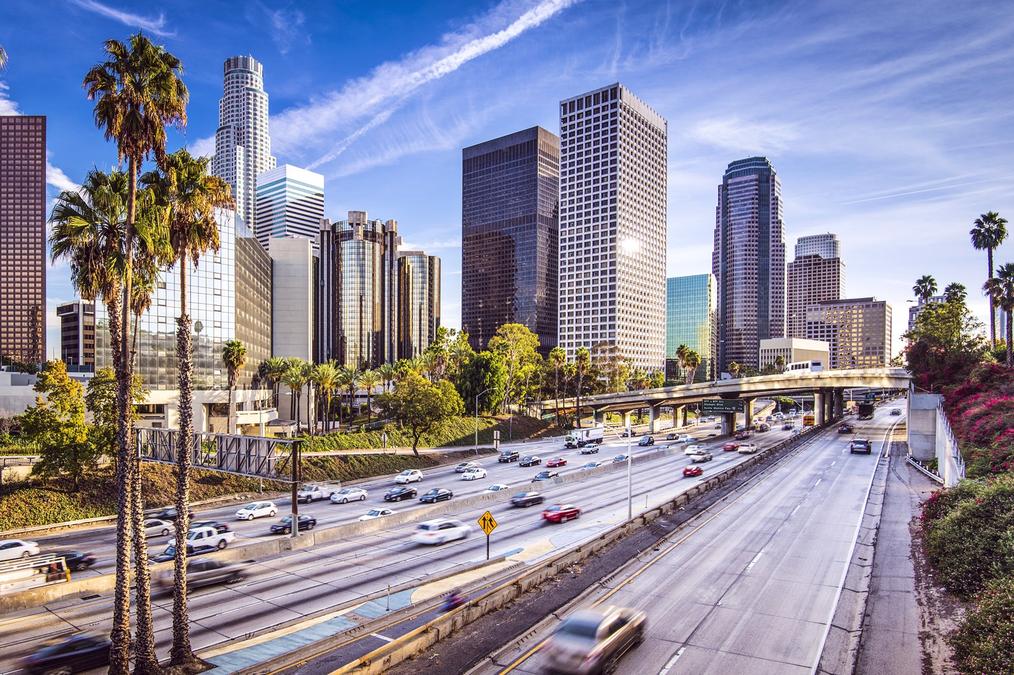
Here’s the truth: La Belle Époque was an amazing time for the Parisian elite, but for many, it was far from the glittering dream popular culture paints. The romantic shine we see today mostly comes from looking back through rose-tinted spectacles.
The very name “La Belle Époque” (The Beautiful Era) was coined retrospectively. People living in the chaotic and unstable Interwar Period (1918–1939) looked back at the late 19th and early 20th centuries as a “better time,” a calm before the storm. But this nostalgia often glosses over the complex and rough realities under the surface.
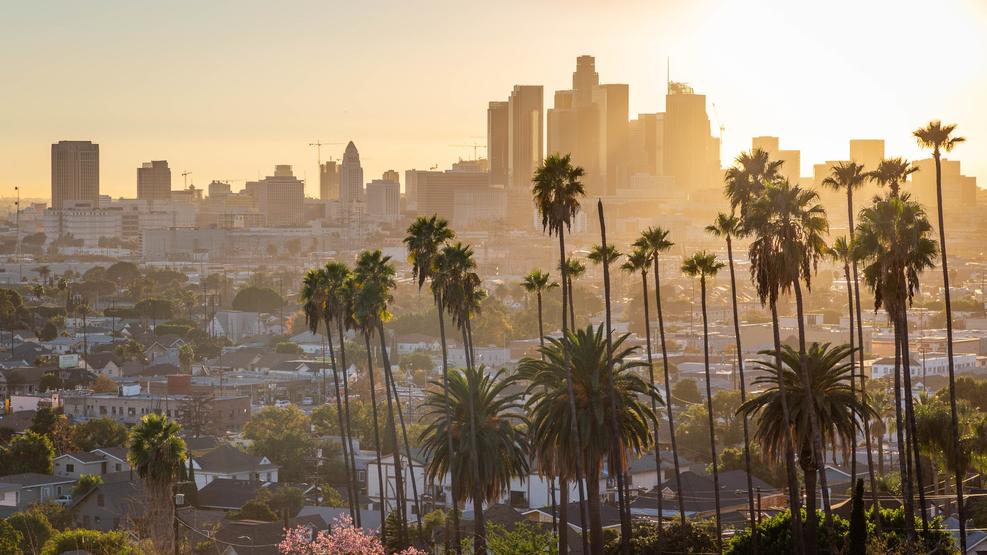
The Birth of a Myth: Why “La Belle Époque” Got Its Name
La Belle Époque didn’t spring from the people actually living during those years calling it “beautiful.” Instead, those suffering through World War I and the years after—the Interwar Period—yearned for stability and peace. They romanticized their recent past, longing for an era when politics and economics seemed calmer.
“The Belle Époque was a term that really came into use during the Interwar Period. Essentially, it was a label for a time that people, in their current chaos, perceived as more stable and hopeful.”
However, political and economic stability during the Belle Époque is a relative term — it mostly means “more stable than the Interwar years,” which were incredibly unstable. In reality, even earlier centuries offered more stability in some respects.
Whose Paris Was it, Really? The Class Divide
The life of a wealthy Parisian socialite during La Belle Époque was indeed extraordinary. Imagine elegant balls, art galore, theatre, banquets, and the exclusive salons filled with Parisian aristocrats and artists. For the upper class, the city was a playground of cultural decadence.
“If you were the daughter of a wealthy statesman or a high-society figure, the Belle Époque was almost unrivaled in cultural and social luxury.”
This glittering life was tightly locked away behind social barriers. Step outside the exclusive salons, and life was very different.
For the working and lower classes, Paris was a tough grind. Factory workers clocked long hours in difficult conditions. Farmers and soldiers faced their own struggles. For these millions, the opulence of the upper class was distant, sometimes invisible.
“For most people, the Belle Époque didn’t exist. They worked hard, struggled to feed their families, and faced social pressures daily.”
Moreover, the era wasn’t devoid of tension. La Belle Époque saw significant social upheaval. Labor strikes, political activism, and increasing class-consciousness swept through France’s working population. The period’s sparkle effectively masked an undercurrent of unrest.
Life in Fin de Siècle Paris: Anxiety Amidst Art and Progress
Did the average person stroll Parisian boulevards thinking, “Wow, I’m living in an incredible cultural moment”? Probably not. The reality was a mix of excitement and real anxiety.
The period was marked by fast industrialization, urbanization, and imperial ambitions. These massive changes disrupted traditional ways of life and created uncertainties. As factories mechanized work and cities grew, many Parisians felt left behind or squeezed by new social structures.
Plus, political scandals like the Dreyfus Affair polarised France. The wrongful conviction of Captain Alfred Dreyfus, a Jewish officer accused of spying, gripped the nation with division, xenophobia, and fear. National security fears, insecurity after France’s defeat in the Franco-Prussian War (1870–71), and the rise of both far-right nationalism and leftist socialist movements added potent layers of social friction.
“You might have found yourself swept up in fierce debates between the New Right or radical leftist ideas. The era was far from harmonious.”
Beyond the Surface: La Belle Époque as One Part of a Complex Fin de Siècle
The Belle Époque is often reduced to an image of a beautiful, glittering Parisian age, but that picture only covers one facet of a multifaceted era. It’s a piece of the broader fin de siècle (end of the century) period, which included confusion, unrest, transformation, and creativity running side by side.
To say everyone thought the Belle Époque was “amazing” ignores the social, political, and economic realities experienced by the majority. It also overlooks the anxieties around imperialism, inequality, and identity that loomed large.
Nostalgia’s Power: How Popular Culture Shapes Our View
Films like Midnight in Paris capture a widespread cultural myth: that La Belle Époque was a golden age everyone wished to live in. This nostalgia became especially needy post-WWI, as people tried to cope with the trauma of war by idealizing the past.
“After World War I, La Belle Époque turned into a legend—simple, elegant, and far from the messy reality.”
This phenomenon isn’t unique to Paris or that era. Much like how people today romanticize the 1960s, focusing on peace and love while ignoring Cold War fears and social turmoil, the Belle Époque is a cherry-picked tale emphasizing joy and beauty.
So, Was La Belle Époque Really an Amazing Time to Live In?
The answer is a solid mix: For Paris’s elite, it certainly held wonders. They dined under glittering chandeliers, attended captivating performances, and lived at the heart of a cultural awakening. But for most others, life was a struggle with few of the luxuries the term evokes.
The era’s reputation as a golden age is largely a post-war invention, crafted by those looking backward during times of crisis. It’s a romantic lens that obscures the political unrest, social inequality, and widespread anxieties of the time.
Perhaps the real takeaway is this: history is never simply “amazing” or “terrible.” It’s complicated. The Belle Époque invites us to ask questions about who benefits from an era’s prosperity and who is left out. It also reminds us to be cautious about nostalgia that simplifies nuanced realities.
Reflection and Recommendations
- Next time you hear “The Beautiful Era,” think critically about whose beauty it is.
- Explore varied voices from history—workers, activists, and ordinary Parisians—to get a fuller picture.
- Consider how rapid societal changes create both progress and pain, then and now.
Ultimately, La Belle Époque’s legacy is a mosaic of dazzling creativity and stark contradictions. Just like Paris itself, it is a city of light and shadow.
